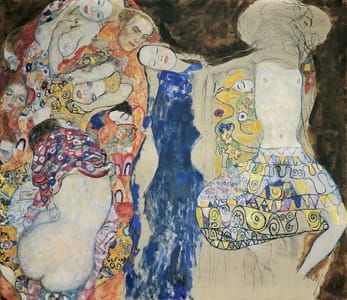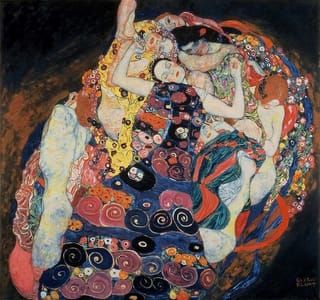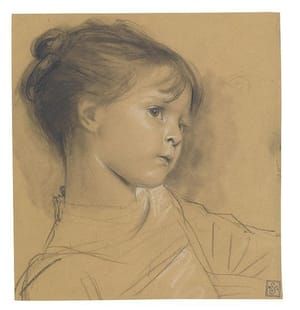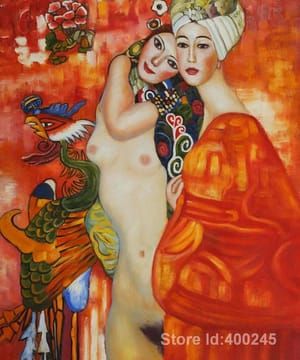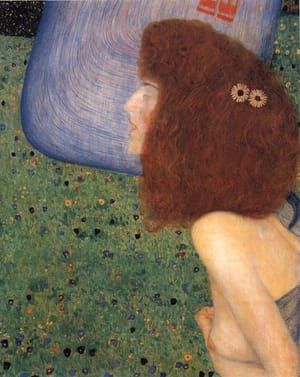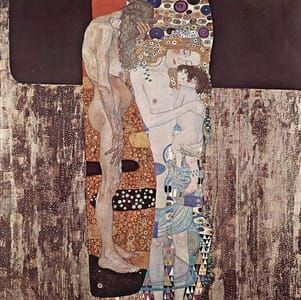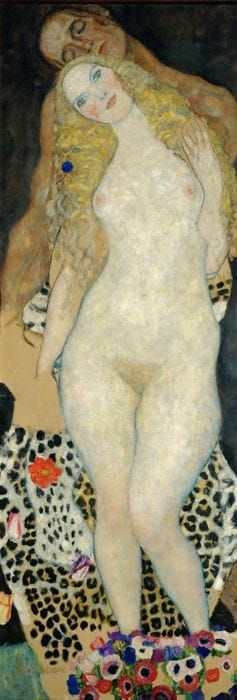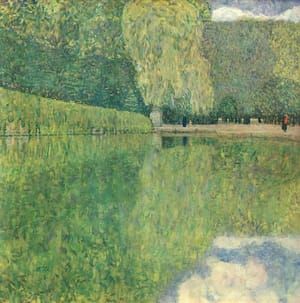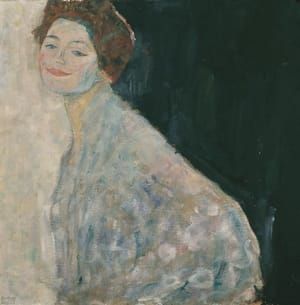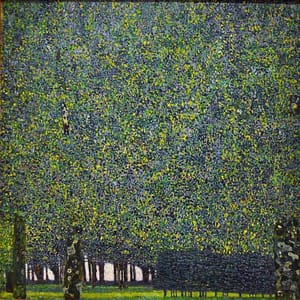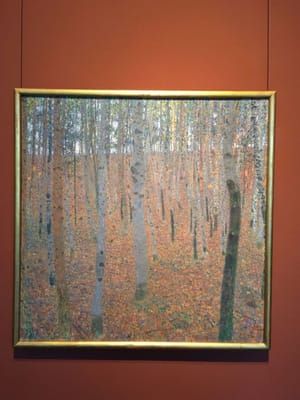

The Bride, 1917
Gustav Klimt
The Bride is one of the unfinished paintings left back in the atelier of Klimt. The fascination reaches far over an unfinished painting - this portrait most likely is the most expressionist painting from Gustav Klimt.
(http://www.klimt.com/en/gallery/late-works/klimt-die-braut-unvollendet-1917.ihtml)
In January 1918 as the First World War was entering its final bitter year, the 55-year-old Klimt was stopped by a stroke. A few weeks later he died in hospital of pneumonia. At the time he died, Klimt was working simultaneously on a large number of paintings. These unfinished canvases are extraordinarily revealing of his working methods. We see that unlike the Old Masters, he worked directly on a bare canvas without the benefit of underpaint. We can also see that he worked section by section, beginning with the faces, that are sometimes completed before surrounding sections are even begun. Bride reveals a secret that can also be divided from some of Klimt’s preparatory drawings – that beneath their gorgeous clothing, Klimt envisaged his female figures nude and in full anatomical detail, including pubic hair. Perhaps in reaction to the horrors of the war or perhaps just reflecting his own changing attitudes, Bride like other late paintings depicts sex in purely celebratory terms and without the dark and menacing qualities of much of his earlier work.
(https://webcache.googleusercontent.com/search?q=cache:_S-nBeh4Le8J:https://issuu.com/artsfblog1/docs/best_of___gustav_klimt_-_rogoyska__+&cd=4&hl=nl&ct=clnk&gl=nl&client=firefox-b)
...Although he was a delightful painter of landscapes, women were Klimt's theme above all others.
Richard Muter, in a newspaper review of 1909, claimed that "the new Viennese woman, a specific sort of new Viennese woman - their grandmothers were Judith and Salome - has been invented or discovered by Klimt. She is delightfully vicious, charmingly sinful, fascinatingly perverse."
Klimt was certainly able, like certain couturiers and fashion photographers, to make his sitters and models look extraordinarily glamorous. In his later portraits, the work for which above all he is famous, his strategy was to retain the academic realism of his earlier work for the face and figure of the subject.
But he dissolved the rest of the image in luxuriant decoration, derived from Byzantine mosaics, Celtic design, and the Oriental textiles and ceramics that filled his studio. The effect is sumptuous, sensual, near-abstract but not too dauntingly avant-garde.
That ornament, however, tended to be filled with meaning. When Klimt died, an unfinished painting entitled The Bride was left in his studio. The right half was dominated by a semi-naked female figure.
As the art historian Alessandra Comini described it, "The knees were bent and the legs splayed out to expose a carefully detailed pubic area on which the artist had leisurely begun to paint an overlay 'dress' of suggestive and symbolic ornamental shapes."
Thus Klimt's own death revealed the sexual obsession that lay beneath his shimmering surfaces.
(http://www.telegraph.co.uk/culture/art/3673232/Gustav-Klimt-a-life-devoted-to-women.html)
© 1917 Gustav Klimt
Gustav Klimt
artistArthur
coming soon

